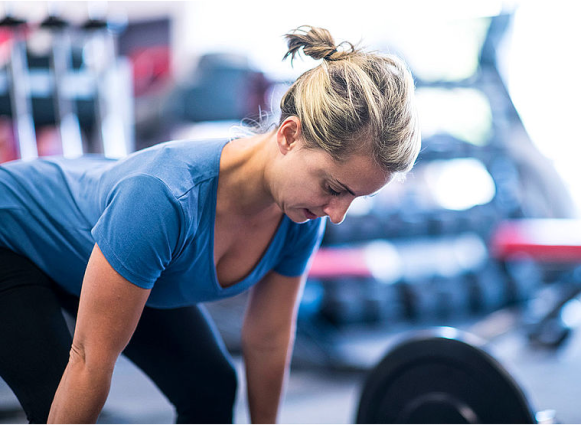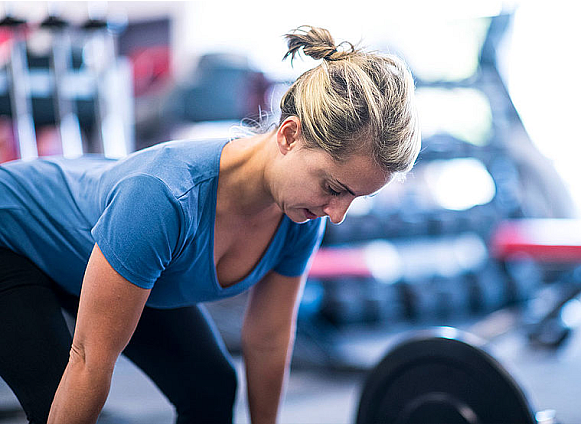A cornerstone of any effective workout routine is a comprehensive warm-up session. For weightlifters, this preparatory phase is not just a formality but a critical component for optimising performance and minimising the risk of injury. A well-structured warm-up consists of various elements, including cardiovascular exercise, dynamic stretching, and activation exercises, each serving a specific purpose in priming the body for the challenges ahead.
Cardiovascular Warm-up: The importance of cardiovascular exercise as part of a warm-up cannot be overstated. Engaging in activities such as jogging, cycling, or jumping jacks at the outset of a workout serves multiple purposes. Firstly, it elevates heart rate and increases blood flow to the muscles, facilitating the delivery of oxygen and nutrients while removing metabolic byproducts. This gradual increase in body temperature is crucial for enhancing muscle elasticity and reducing the likelihood of muscle strains or tears during subsequent weightlifting exercises. Moreover, a cardiovascular warm-up helps transition the body from a sedentary state to an active workout mindset, improving focus and readiness for the challenges ahead.
Dynamic Stretching: Dynamic stretching plays a pivotal role in preparing the muscles, tendons, and ligaments for the demands of weightlifting. Unlike static stretching, which involves holding a position for an extended period, dynamic stretches involve controlled movements through a full range of motion. By mimicking movements similar to those performed during weightlifting exercises, dynamic stretching promotes active muscle engagement, enhancing flexibility, mobility, and neuromuscular coordination. This not only reduces the risk of injury but also optimises muscle activation and movement efficiency, leading to improved performance in the gym.
Activation Exercises: Activation exercises, also known as priming exercises, target specific muscles or muscle groups essential for alignment and movement execution. These exercises often focus on activating stabilising muscles that may be under-utilised or inactive due to prolonged periods of inactivity or poor posture. By activating these muscles before engaging in compound lifts or heavy resistance training, individuals can improve muscle recruitment patterns, enhance joint stability, and correct muscular imbalances. This not only optimises movement mechanics but also reduces the risk of compensatory patterns that can lead to injuries over time.
A thorough warm-up routine is indispensable for anyone serious about weightlifting. Incorporating elements such as cardiovascular exercise, dynamic stretching, and activation exercises not only primes the body for optimal performance but also reduces the risk of injury. By investing time and effort into a comprehensive warm-up regimen, individuals can unlock their full potential in the gym while safeguarding their long-term health and fitness goals. Remember, a proper warm-up is not just a prelude to the main event—it is an integral part of the workout itself, setting the stage for success and longevity in the pursuit of strength and fitness.
Are you our next success story?
Enjoy a two week FREE experience pass, when you book a free consultation today.

